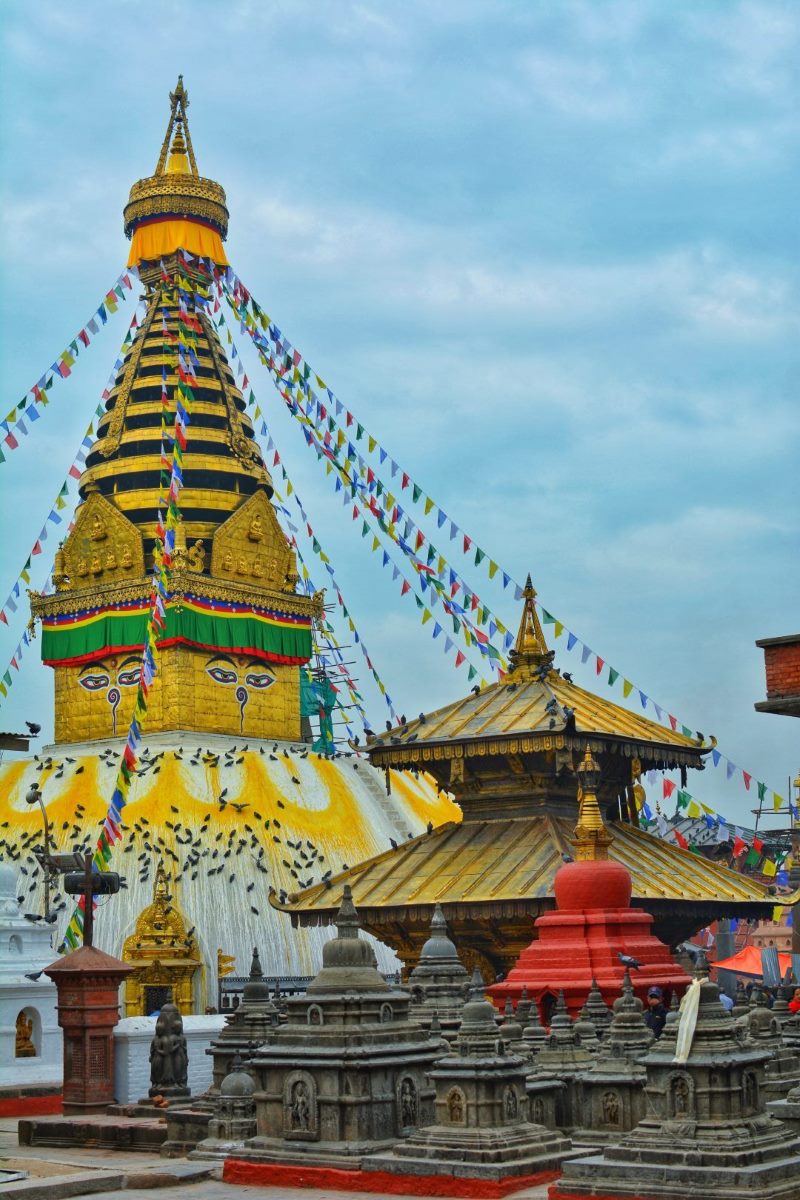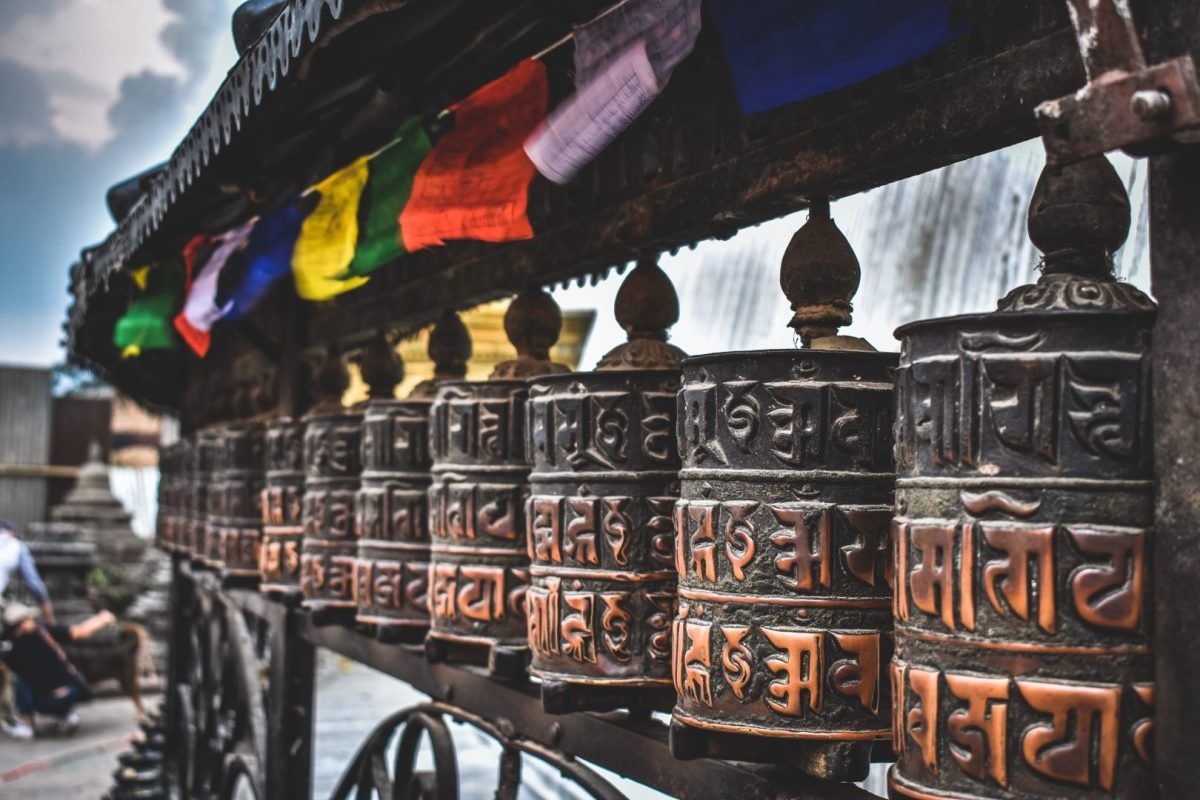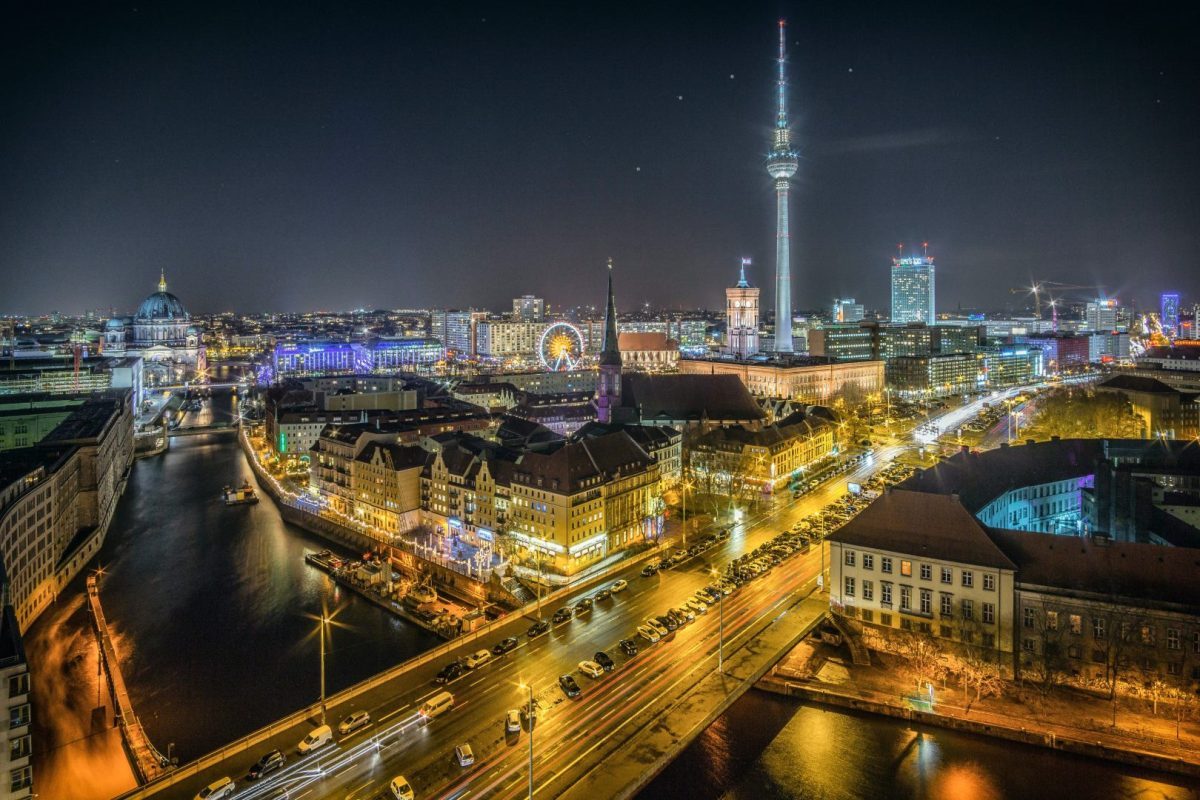How to Plan Your 3-Day Chitwan Safari Tour in Kathmandu
If you’re traveling to Kathmandu, you might want to consider exploring the nearby Chitwan National Park. The Chitwan Safari tour can offer you an unforgettable experience observing exotic wildlife, enjoying the beauty of nature, and immersing yourself in the local culture. In this post, we will guide you through how to plan your Chitwan Safari Tour and make the most of your time in Kathmandu.Experience
The Chitwan National Park is located in the south-central part of Nepal and was declared a UNESCO World Heritage site in 1984. With its rich wildlife and charming villages, the park is a must-visit for travelers interested in exploring Nepal’s natural beauty and cultural heritage.Highlights
The three-day Chitwan Safari tour includes a variety of activities to make the most of your time in the national park. Here are some of the highlights of the tour:Visit the Chitwan National Park
The tour includes a visit to the Chitwan National Park where you can see rare species of birds, mammals, and reptiles. The park is home to elephants and rhinos, and you might get lucky and spot the Bengal tiger.Observe the birds in their natural habitats
The national park is a bird watcher’s paradise. The park has over 600 species of birds that can be observed in the wild.Go canoeing on the rivers of Chitwan
Adventurous travelers can take a canoe ride on the Rapti River, where you can spot birds, crocodiles, and other wildlife.Embark on an exciting jungle safari around the forests
A jungle safari offers an exciting way to experience the national park. Trained guides will lead you through the dense jungle, where you will have the chance to observe the wildlife up close.Take a village tour around Chitwan
The Tharu Village is a charming and authentic village in Chitwan National Park. The tour includes a visit to the village and an opportunity to learn about the Tharu people’s culture and daily life.Full Description
Now let’s discuss the full itinerary of your three-day tour:Day 1:
You will start your journey by traveling from Kathmandu to Chitwan National Park. The tour guides will pick you up from your hotel in Kathmandu at 7:00 am, and the drive to Chitwan will take around five hours. Once you reach the national park, your staff will take you to your respective accommodation, where you can freshen up with cold drinks. After refreshing, you will visit the Chitwan National Park and explore its history and essence while observing exotic birds and mammals. Later, in the evening, you will enjoy a beautiful sunset from the Rapti River before going on a village tour around the Tharu Village. You will also have the chance to participate in a cultural dance program performed by the indigenous Tharu people.Day 2:
You’ll start your day with breakfast at 7:00 am before going on a canoe ride along the Rapti River. During the canoe ride, you’ll have the opportunity to experience the natural beauty of the national park while also spotting crocodiles and some rare bird species. Next, you’ll embark on a jungle safari around the forests. A jungle safari in Chitwan National Park is a thrilling experience that provides a chance to witness the park’s incredible wildlife up close. With the proper guidance from your expert jungle guide, you’ll be able to spot a variety of wildlife species, including Bengal tigers, one-horned rhinoceroses, sloth bears, and other animals. After a tiring but amazing experience, you will return to your accommodation for dinner and relaxation.Day 3:
On the last day of the tour, you will have the option to take part in various activities before leaving Chitwan National Park. The morning drive includes a trip to the elephant stables, where you can see elephants bathing and feeding – a once-in-a-lifetime experience. You can take a nature walk in the surrounding forests, where you can see different wildlife species roaming in their natural habitat. Finally, after lunch, you will head back to Kathmandu; your tour ends by 7:00 pm.Booking the Tour
You can book the 3-Day Chitwan Safari Tour in Kathmandu via GetYourGuide. Booking in advance is recommended due to the limited availability of the tour. By booking through GetYourGuide, you can be sure that everything is well arranged and taken care of, allowing you to enjoy your trip to the fullest. In conclusion, the 3-Day Chitwan Safari Tour is an excellent option for those who want to experience the natural beauty of Nepal and immerse themselves in the local culture. Follow this guide to plan your Chitwan Safari Tour and make the most of your stay in Kathmandu.
Frequently Asked Questions About Kathmandu
Kathmandu is a unique and intriguing city located in the heart of Nepal. With its rich history, vibrant culture, and stunning architecture, it’s no wonder that many people are drawn to this bustling city. Whether you’re planning a trip to Kathmandu or simply want to learn more about this fascinating destination, you may have a few questions. We’ve compiled a list of the most frequently asked questions about Kathmandu to help you better understand this incredible city.1. What is the best time to visit Kathmandu?
The best time to visit Kathmandu is during the dry season, which runs from October to May. During this time, the weather is typically mild and dry, making it perfect for sightseeing and outdoor activities. However, if you’re looking to avoid the crowds and take advantage of lower prices, you may want to consider visiting during the monsoon season, which runs from June to September.2. What are the must-see attractions in Kathmandu?
Kathmandu is home to many incredible attractions that are worth visiting. Some of the must-see attractions include the following:- The UNESCO World Heritage sites of Swayambhunath, Boudhanath, and Pashupatinath
- The Durbar Squares of Kathmandu, Patan, and Bhaktapur
- The Garden of Dreams
- The Freak Street neighborhood
- The Nepal Art Council
3. What should I know about the local culture?
Nepal has a unique and vibrant culture that is worth experiencing. Some things to keep in mind include:- Respect the local customs and beliefs
- Dress conservatively, especially when visiting temples and other religious sites
- Take off your shoes before entering someone’s home
- Use your right hand to eat and shake hands
- Refrain from public displays of affection
4. What are some popular local dishes?
Nepal has a rich culinary tradition, and there are many delicious dishes to try. Some of the most popular local dishes include:- Momo – steamed dumplings filled with meat or vegetables
- Dal bhat – a traditional Nepali meal consisting of lentil soup, rice, and vegetables
- Newari cuisine – a unique cuisine that includes dishes such as chatamari (a type of rice pancake) and wo (a type of lentil soup)
- Chow mein – a stir-fry dish made with noodles, vegetables, and meat
- Thukpa – a hearty noodle soup
5. How can I get around in Kathmandu?
Kathmandu has a variety of transportation options available. Some popular options include:- Taxis
- Buses
- Rickshaws
- Bicycle rentals
- Walking
6. What should I know about safety in Kathmandu?
Like any city, it’s important to take precautions to ensure your safety while in Kathmandu. Some tips to keep in mind include:- Avoid walking alone at night
- Be aware of your surroundings and keep your belongings close to you
- Avoid displaying expensive items such as jewelry or electronics
- Use caution when taking taxis or rickshaws, and only use those that are clearly marked and licensed
- Only drink bottled water and avoid drinking tap water
7. What is the local currency, and can I use credit cards?
The local currency in Nepal is the Nepalese rupee. While there are some places that accept credit cards, it’s a good idea to have cash on hand as many places do not. You can exchange currency at banks and exchange bureaus throughout the city.8. What are some popular festivals and events in Kathmandu?
Kathmandu is home to many vibrant festivals and events throughout the year. Some of the most popular include:- Dashain – a 15-day festival that celebrates the victory of good over evil
- Tihar – a festival of lights that celebrates the relationship between humans and animals
- Holi – a festival of colors that marks the beginning of spring
- Teej – a festival celebrated by women that involves fasting and dancing
- Indra Jatra – a festival that honors the god Indra and includes street processions, music, and dance
9. What are some nearby destinations worth visiting?
Kathmandu is located in a beautiful region of Nepal, and there are many nearby destinations worth visiting. Some popular destinations include:- The city of Pokhara
- Chitwan National Park
- The Annapurna mountain range
- The city of Bhaktapur
- The city of Patan
10. What is the dress code like in Kathmandu?
The dress code in Kathmandu is generally casual, though it’s important to dress conservatively when visiting temples and other religious sites. It’s also a good idea to dress in layers as temperatures can vary depending on the time of day and season.
How to Spend Your Time as a Tourist in Kathmandu
Known as the gateway to the Himalayas, Kathmandu is a city that is rich in culture, history, and natural beauty. From its ancient temples to its bustling streets, there is always something to see and do. In this guide, we will explore some of the best ways to spend your time as a tourist in Kathmandu.1. Visit the Historical Sites
Kathmandu is home to many historical sites that are worth visiting, such as Durbar Square, Swayambhunath Stupa, Pashupatinath Temple, and Boudhanath Stupa. Each of these sites has its own unique charm and historical significance that will leave you in awe.Durbar Square
Durbar Square is the heart of Kathmandu and is home to numerous temples, historic buildings, and palaces. The site is a UNESCO World Heritage site and is a living museum of the city’s history. Some of the must-visit attractions in Durbar Square are the Hanuman Dhoka Palace, Taleju Temple, Kumari Ghar, and Kal Bhairav Temple.Swayambhunath Stupa
Swayambhunath Stupa, also known as the Monkey Temple, is a Buddhist temple that is located on a hilltop in Kathmandu. The temple is famous for its stunning architecture, prayer flags, and the monkeys that call it home. From the top of the hill, you can also enjoy breathtaking views of the city.Pashupatinath Temple
Pashupatinath Temple is a Hindu temple that is dedicated to Lord Shiva. The temple is one of the most sacred sites in the world for Hindus and is a UNESCO World Heritage site. The temple complex is home to many shrines, smaller temples, and ashrams.Boudhanath Stupa
Boudhanath Stupa is one of the largest stupas in the world and is a UNESCO World Heritage site. The stupa is a sacred site for Tibetan Buddhists and is believed to contain the remains of Kassapa Buddha. You can enjoy a peaceful walk around the stupa and watch the devotees perform their rituals.2. Trekking in the Himalayas
Trekking in the Himalayas is a bucket-list-worthy activity that you shouldn’t miss when in Kathmandu. The city offers many trekking routes that cater to different skill levels, ranging from easy hikes to challenging expeditions such as the Everest Base Camp trek.Everest Base Camp Trek
The Everest Base Camp trek is one of the most popular and challenging treks in the world. The trek takes you through picturesque Sherpa villages, scenic valleys, and glacial rivers before culminating at the base camp of Mount Everest. The trek is not for the faint of heart but is a once-in-a-lifetime experience.Annapurna Base Camp Trek
The Annapurna Base Camp trek is another popular trek in Nepal that offers breathtaking views of the Himalayas. The trek takes you through lush forests, terraced fields, and picturesque villages before reaching the base camp of Mount Annapurna. The trek is relatively easier than the Everest Base Camp trek but still requires good physical fitness.3. Experience Nepalese Cuisine
Nepalese cuisine is a blend of Indian, Tibetan, and Chinese flavors and is as diverse as the country’s landscape. From momos to dal bhat, the food in Kathmandu is sure to tingle your taste buds.Dal Bhat
Dal bhat is the staple food of Nepal and is a simple dish made of lentil soup, boiled rice, and a vegetable curry. This dish is filling and nutritious and is perfect for trekkers who need an energy boost.Momos
Momos are a type of dumpling that is filled with meat or vegetables and is often served with a spicy chutney. This dish is a popular street food in Kathmandu and is a must-try for all visitors.Yomari
Yomari is a sweet dish that is made of rice flour and filled with molasses or sesame seeds. This dish is often served during festivals and is a favorite among Nepalese people.4. Shopping in Kathmandu
Kathmandu is a shopper’s paradise with its many markets and bazaars that sell everything from handicrafts to trekking gear.Thamel
Thamel is the most popular shopping district in Kathmandu and is home to numerous shops, cafes, and restaurants. You can find everything from pashmina shawls to trekking boots in this bustling neighborhood.Asan
Asan is another popular shopping district in Kathmandu that is known for its spice markets and street food. You can also find handicrafts, clothes, and souvenirs here.Book Your Tour Now
Kathmandu is a city that has something to offer for everyone. From historical sites to trekking routes, Nepalese cuisine, and shopping, the city is a treasure trove of experiences waiting to be explored. With this guide, you’re sure to have the time of your life in Kathmandu.Table of Contents

